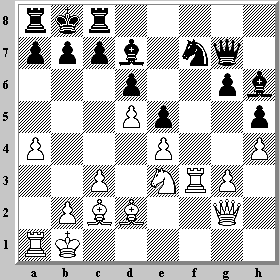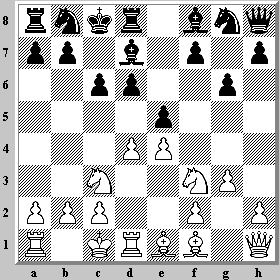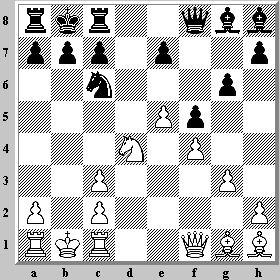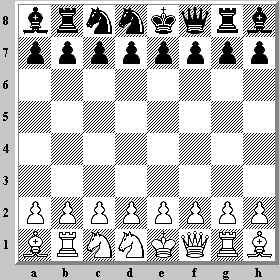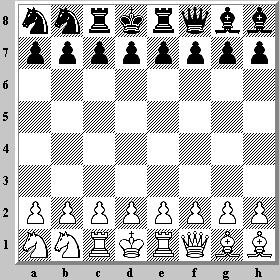Hikaru Nakamura's win at the 2009 Chess960 Rapid World Championship in Mainz (see
CCM9: Nakamura, Grischuk, and Rybka) generated so much attention from American chess columnists that it might be worthwhile to collect them all in a future post. One reason for the attention was Nakamura's charisma; another was the event's unofficial designation as a 'World Championship'.
Mig Greengard, who won the CJA's Chess Journalist of the Year award in 2007 and who covers the elite players and their events, wrote two posts about Mainz that touched on chess960: Chess in the Mainztream and Nakamura 180 in Chess960. Although both posts received lots of interesting comments from his many followers, Mig is clearly no fan of chess960. In 'Mainztream', he called it by the old term 'shuffle chess', mixed up the 2007 event with last year's ('Aronian got some consolation revenge by beating Anand in the "Chess960" shuffle chess final last year and the Armenian is also back to defend his title.'), and added this in the comments:
Every year I forget how looking at these shuffle chess positions makes me queasy. In fact it looks like someone already threw up on the board. Often they boil down to relatively normal positions, but jeez. Soooo ugly!
This reminded me of another comment thread from 2005 that I encountered while preparing a preliminary Chess960 FAQ.
acirce: I tried to watch some of the Mainz Chess960 games live on ICC but the opening phase made me physically sick. I literally couldn't stand it. It was okay when they started to reach normal positions after 15 moves or so. • Gypsy: I believe you are telling it as it is (perhaps with just a little bit of dramatic license). This probably has to do something with the way we have trained our neural synapses. • (From Chessgames.com Fischerandom Kibitzing)
I've seen the same sentiment elsewhere, that random chess960 start positions (SPs) can provoke a feeling of queasiness or nausea. I'm not qualified to discuss the neurological underpinnings for this phenomenon, but I can comment on the randomness of the SPs.
***
I conducted an exercise to measure the difference between the traditional start position (SP518: RNBQKBNR) and the other SPs. I did this by calculating the number of squares between
- the position of each piece in a specific SP's start array, and
- the position of the same piece in SP518
For example, a start position with Knights on c1 and d1 would include a value of 1 for the first Knight (the number of squares between b1 and c1) a value of 3 for the second Knight (the distance between d1 and g1). If the same SP had a Rook on a1, it would get a value of 0, and a Bishop on b1 would get a value of 1.
Then I added up the values for all eight pieces in each SP. It turned out that all sums were even numbers, so I divided all results by two [see the footnote]. It follows that the sum of SP518 is 0, because all pieces are starting on their traditional squares. The results across all SPs were distributed as follows, where the first column is the total distance between the pieces in an SP and the same pieces in SP518, and the second column is the number of SPs with that total.
0: 1
1: 3
2: 17
3: 55
4: 125
5: 183
6: 217
7: 174
8: 127
9: 49
10: 9
The three positions where the total difference is 1 are SP230: NRBQKBNR, SP534: RNBKQBNR, and SP614: RNBQKBRN. You would expect SP534, the twin of SP518 with the King and Queen switched, to be in that list, while the other two positions are SP518 with a Rook and Knight switched. With eight pieces in the start array, you might expect more positions with only two pieces switched, but all other switches involve a Bishop and it is not possible to have both Bishops starting on the same color.
Does this method of classifying chess960 SPs give a reasonable measure of a position's randomness? I'll come back to that question another time.
***
Note: There is probably a simple correlation between the results divided by two and the minimum number of two-piece swaps to go from SP518 to the other SP, but I didn't see it before writing this post. If there is a correlation, I doubt it sheds any additional light on the subject.
Later: If I'd thought about it a little more, I would have realized that there is no simple correlation. The start position with Queen and light-squared Bishop swapped (SP533: RNBBKQNR) is distance two from SP518, but involves only a single piece swap.
